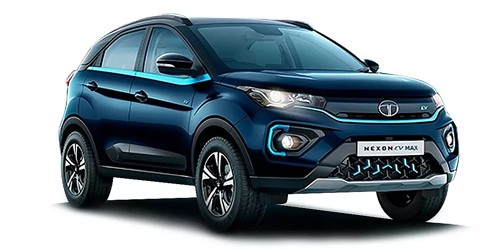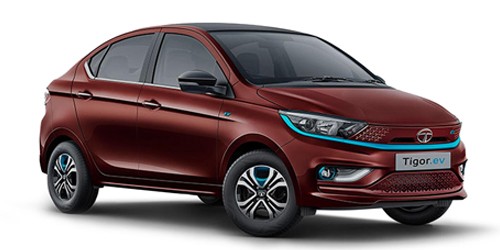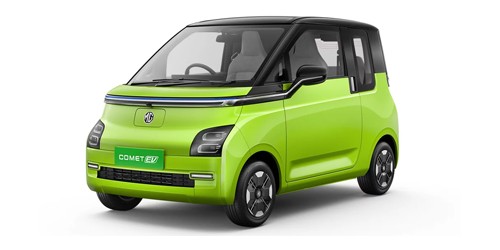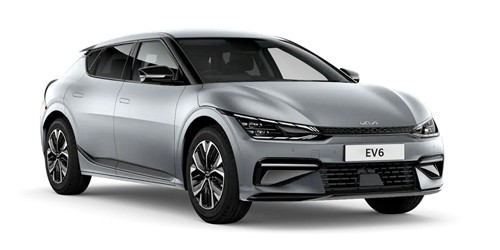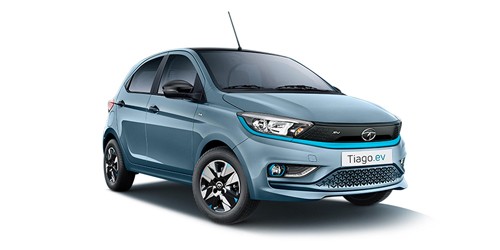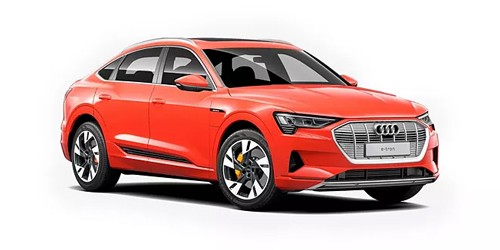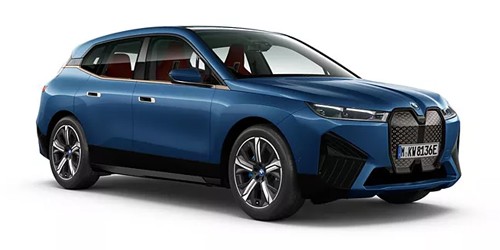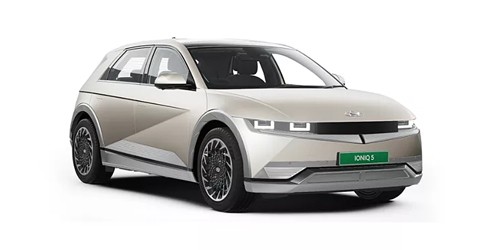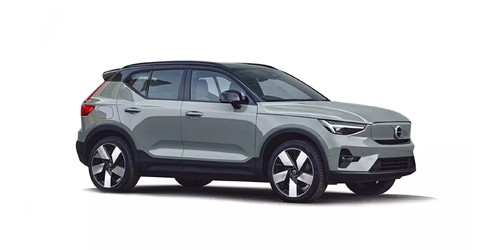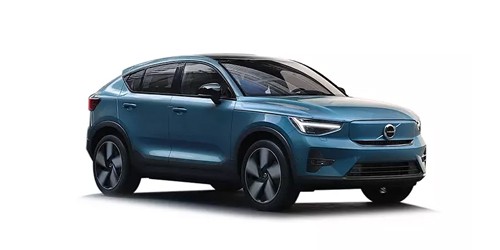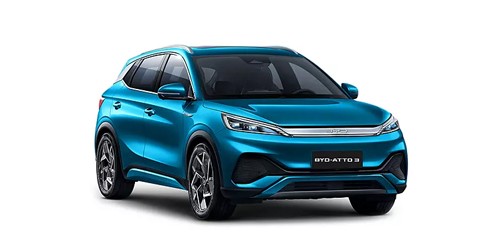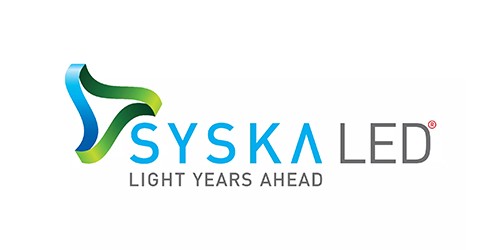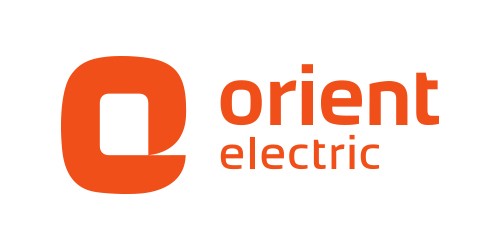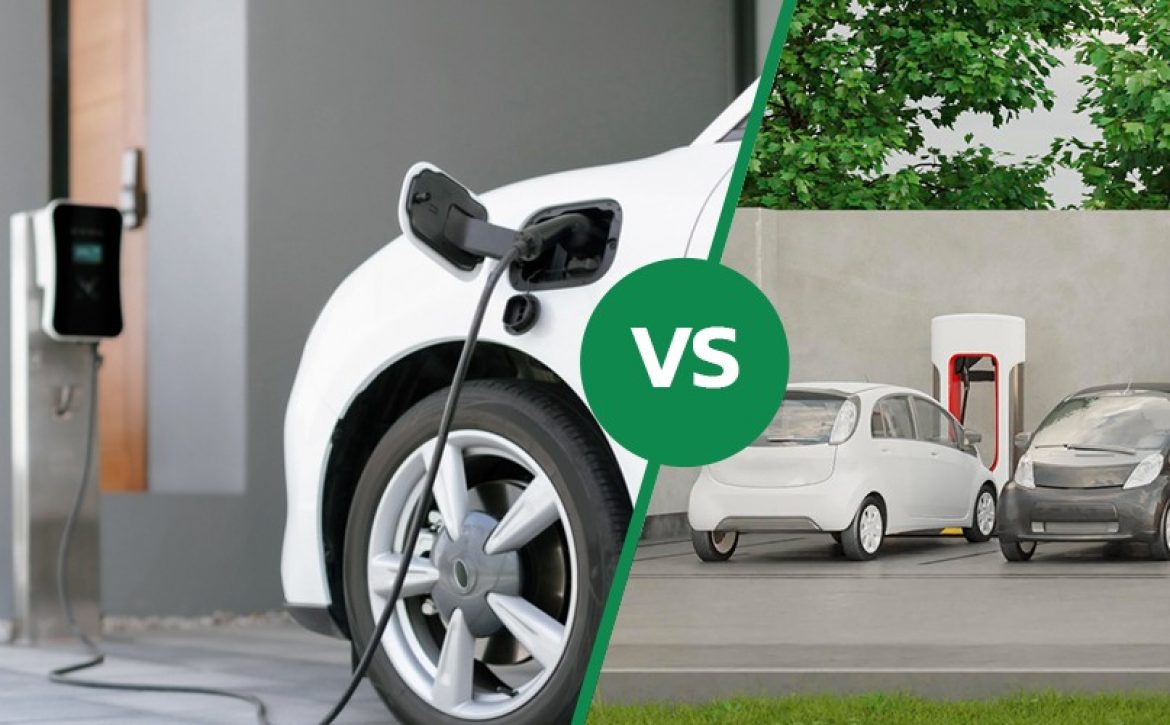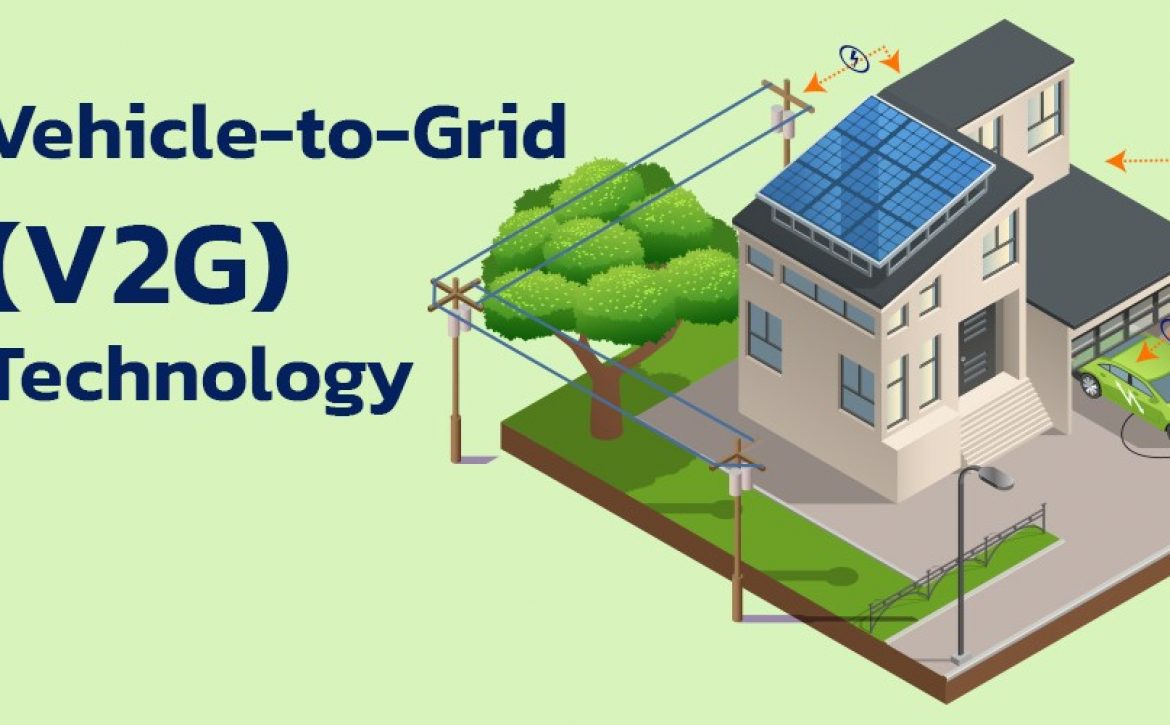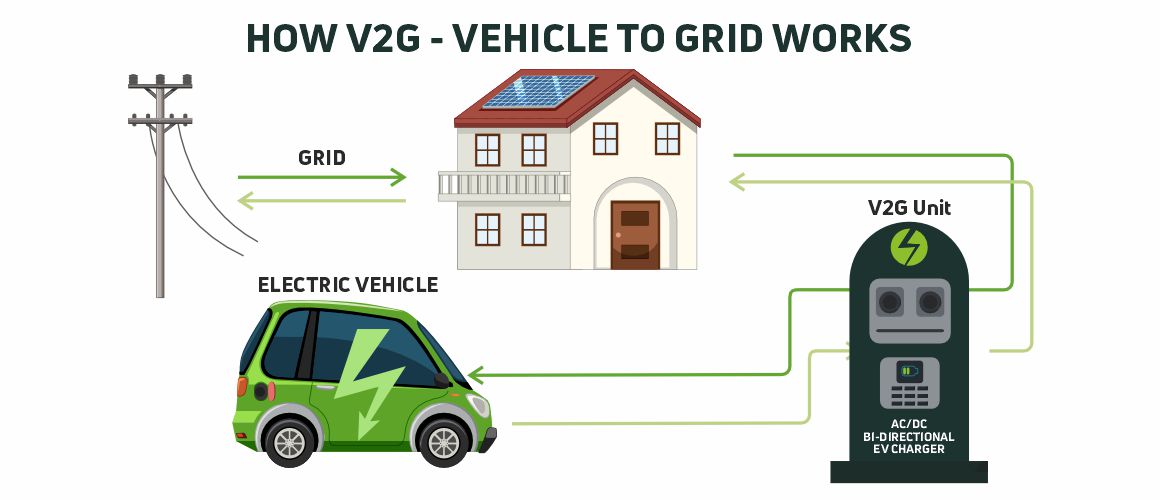How to Start a Solar Business in India – Become a Servotech Solar Distributor/Dealer
Diving into the solar energy business in India can be rewarding given the nation’s increasing emphasis on renewable energy. As the world moves towards sustainable practices, India stands at the forefront, promoting solar power as a key element in its energy mix. Initiatives like the National Solar Mission and various subsidy programs have created fertile ground for entrepreneurs and businesses seeking to thrive in the solar energy sector. If you’re planning to start your solar energy business, here’s a blog on how you can kickstart and flourish in the solar energy business landscape in India.
Understanding the Solar Business
A solar business is a business enterprise or industry related to solar energy, particularly the design, manufacturing, installation, maintenance, and distribution of solar power systems and related products. This includes solar panel manufacturing, solar installation services, solar energy project development, solar component distribution, and solar technology research and development.
Starting a Solar Business in India
Starting a solar business in India is easier than you think and involves certain key steps.
1) Business plan- Start by creating a detailed business plan outlining your goals, target market, and products or services. Consider whether you want to focus on solar panel manufacturing, installation, project development, or other solar-related activities.
2) Register Your Business- Once you have decided what type of solar business you want to do, the next step is to register your business. You can register your business as a legal entity, such as a sole proprietorship, partnership, limited liability partnership (LLP), private limited company, or public limited company, depending on the scale and structure of your business.
3) Location- It is important to choose your location wisely, whether it is a manufacturing facility, office, or installation service center, keeping in mind the needs and requirements of your business.
4) Financing – Solar Businesses often require a significant initial investment. Hence it is important to secure the necessary funding which may include personal savings, loans, grants, or investments.
5) Market and Branding- develop a strong brand presence and marketing strategy to promote your solar business and watch your business skyrocket.
6) Maintaining Compliance- Lastly, ensure full compliance with regulatory requirements, certifications, and quality standards for your solar business. Establish reliable supplier relationships, stay updated on government incentives and guidelines from organisations like MNRE and NISE, and prioritize product and service quality to enhance your reputation and customer satisfaction.
Read also: List of Top 10 Solar Panel Manufacturers in India
Become a Solar Distributor
In the solar industry, a solar distributorship model involves a company or individual purchasing solar products in bulk from manufacturers and subsequently distributing them to retailers, installers, or end-users. Serving as a vital link in the solar supply chain, distributors facilitate the seamless flow of solar products from production lines to consumers. They manage logistics, including transportation and storage, and often offer essential services like training and technical support. By ensuring the widespread availability of solar products, these distributorships play a pivotal role in advancing solar energy adoption across diverse regions.
Become a Solar Dealer
Another option is to become a solar dealer. Solar dealers sell and install solar products directly to end consumers. A solar dealership refers to a business or entity involved in the distribution, sale, and often installation of solar energy systems and related products. These dealerships act as intermediaries between solar manufacturers and end consumers, providing solar panels, inverters, batteries, and other components necessary for solar energy systems. They may offer consultation services, assess the energy needs of customers, and provide solutions tailored to their requirements. Solar dealerships play a crucial role in promoting the adoption of solar technology by making products accessible to individuals, businesses, and communities interested in harnessing solar energy.
How to Become a Servotech Solar Distributor

Servotech is a reputed solar products and solutions provider in India. To become a Servotech Solar distributor, follow these steps:
1) Contact Servotech
Reach out to Servotech through their official website or contact information. Express your interest in becoming a dealer or distributor.
2) Documentation
Complete any necessary documentation and agreements as specified by Servotech. Documentation Guidelines are as follows-
All new business partners will have to be approved and verified by the respective state heads
To complete the overall process following documents are required from the business partners – Distributor form duly filled
-PAN number and GSTIN
-Two undated blank cheques as security
3) Investment Policy
A distributor should invest 12 lakhs+gst. The scope of distribution is to distribute the Servotech Products to retailers, dealers, and sub-dealers in his stipulated area of distribution.
Area of Demarcation
All business partners doing 12 lacs or more in a month will be allocated an area of operation by the area sales manager at the time of the appointment which they must adhere to
For all business partners doing business for less than 12 lacs no area of operation will be allotted to them and the company reserves all rights to appoint any business partner if the desired volume is not delivered.
Distributors should only bill the SERVOTECH brand of products in their prescribed Area (district) and they should not bill the item directly to other assigned areas of distributors. The distributor should not disclose the discounted prices. He can communicate and give the List price only. Disciplinary action may be initiated once found guilty on these front
4) Ordering Policy
Business Partners will give their orders to the Coordination team/sales team via WA, SMS, e-mail, or phone call.
5) Payment Policy
The SERVOTECH Financial policy doesn’t permit any cash transactions for the billing of SERVOTECH Products. Mode of payment must be Cheque (at par) / DD or RTGS / NEFT. In case of any Cheque dishonor Penalty on dishonor of cheque, INR 1200 will be debited to the Business Partner irrespective of the cheque dishonor value.
6) Marketing Schemes
All Marketing Schemes introduced from time to time and will be made available to the respective Business Partners. Dealers’ details/Retailer details should be furnished whenever requested by the channel sales team. Dealer meets if any will only be applicable with proper budget approvals and timelines.
7) Secondary Sales Guidelines
All Business Partners are expected to distribute their respective products to the eligible retail Counters in their stipulated area of distribution only. All trade marketing schemes introduced from time to time must be passed on to the
Secondary Channel
Generating secondary sales and market development of the secondary market is the dual responsibility of the business partner as well as the company
8) Service Policy
If you face any technical/Service issues with SERVOTECH Products, please contact SERVOTECH No: 011-41183119 Email ID: Servotech@servotechindia.com
After your complaint is registered, our service engineer will visit your place at the earliest to provide the desired service. In case your product is within warranty we will provide service free of cost. If your product is out of warranty you would be charged accordingly.
Conclusion
In conclusion, stepping into the solar energy business in India presents abundant opportunities amid the nation’s increasing focus on renewable energy. Establishing a solar business involves meticulous planning, legal procedures, strategic location selection, adequate financing, effective branding, and compliance with regulatory standards. Embracing roles as a distributor or dealer not only aids in advancing solar technology but also contributes significantly to the widespread adoption of sustainable energy solutions across diverse sectors and regions in India.
Read also: Solar Panel Subsidy in India 2024



